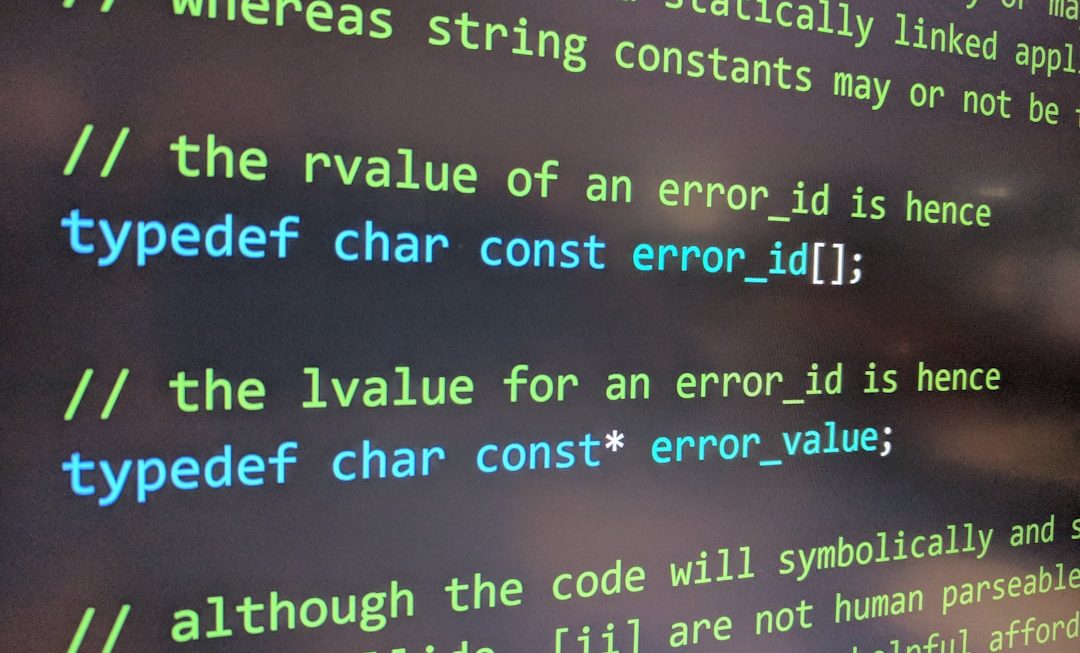In today’s digital era, law firms are discovering the powerful potential of YouTube for client outreach, branding, and education. However, to truly benefit from this platform, law firms must ensure their content is optimized for search engines. Just posting videos isn’t enough—strategic YouTube SEO is critical for standing out in a crowded marketplace and reaching clients who are actively searching for legal guidance online.
Understanding the Importance of YouTube SEO for Law Firms
YouTube is the second largest search engine in the world after Google. This makes it an indispensable tool for businesses looking to increase visibility, especially in industries such as legal services, where trust, visibility, and authority are paramount. Optimizing for YouTube SEO ensures that potential clients can discover your firm’s videos when they search for legal questions or service-related queries.

Key Strategies to Optimize Legal Videos on YouTube
Here are several critical steps law firms can take to ensure their YouTube presence is fully optimized for search engines:
1. Conduct Comprehensive Keyword Research
Before creating any video content, identify keywords that potential clients may use when searching for legal help. Tools like Google Keyword Planner, Ahrefs, or TubeBuddy can help locate terms relevant to your area of practice.
- Focus on legal-specific queries like “personal injury advice,” “do I need a divorce attorney,” or “estate planning basics.”
- Include both short-tail and long-tail keywords for better reach and targeting.
2. Optimize Video Titles and Descriptions
An informative, keyword-rich video title is critical. Ensure it’s both descriptive and compelling. Keep it clear—tell the viewer exactly what they’ll get from the video, and use target keywords naturally within it.
The video description should include:
- A detailed explanation of what the video covers.
- Your main keywords used at the beginning of the text.
- Relevant links to your law firm’s website or lead capture pages.
3. Use Tags Wisely
YouTube tags help reinforce the content and context of your video to the algorithm. Use a combination of specific and broad tags related to the legal industry.
For example, a video on “How to file for bankruptcy” might use tags like bankruptcy, legal advice, bankruptcy attorney, financial legal help.
4. Create Custom Thumbnails
While not directly related to SEO, thumbnails impact click-through rates, which in turn influence video rankings. Use high-quality images with short, readable text to enhance appeal.
5. Include Timestamps and Captions
Adding timestamps (also called “chapters”) in your description enhances user experience by making videos easier to navigate. Closed captions not only improve accessibility but also serve as crawlable text for search engines.
6. Encourage Engagement Metrics
Search rankings on YouTube are significantly influenced by engagement levels—likes, comments, shares, and watch time all matter.
- Prompt users to ask questions or leave comments.
- Ask viewers to like and subscribe at natural points in the video.
- Use compelling CTAs (Calls to Action) that encourage longer viewing time.
7. Use Playlists to Organize Content
Group related videos into playlists based on legal practice areas or FAQs. This enhances session duration, a factor that positively impacts the algorithm.
8. Optimize Channel Metadata
An often-overlooked tactic is channel optimization. Ensure your channel includes:
- A professional logo and banner that reflects your brand identity.
- A keyword-rich About section explaining your legal expertise and services.
- Links to your website and other social media channels.
Consistency and Analytics Are Key
One of the pillars of successful YouTube SEO is publishing videos on a consistent schedule. Weekly or bi-weekly uploads keep your firm relevant and signal to YouTube that your channel is active and credible.
Additionally, always analyze performance metrics using YouTube Studio. Track views, audience retention, click-through rates, and subscriber growth to refine your content. Patterns in viewer behavior can help you create more targeted and effective videos over time.
Final Thoughts
YouTube SEO may initially seem complex, especially for legal professionals unfamiliar with digital marketing. However, by implementing a structured approach to content planning, keyword integration, and audience engagement, law firms can significantly expand their digital reach. A properly optimized YouTube channel not only drives traffic and leads but also positions a law firm as an authoritative and trustworthy entity in its field.




